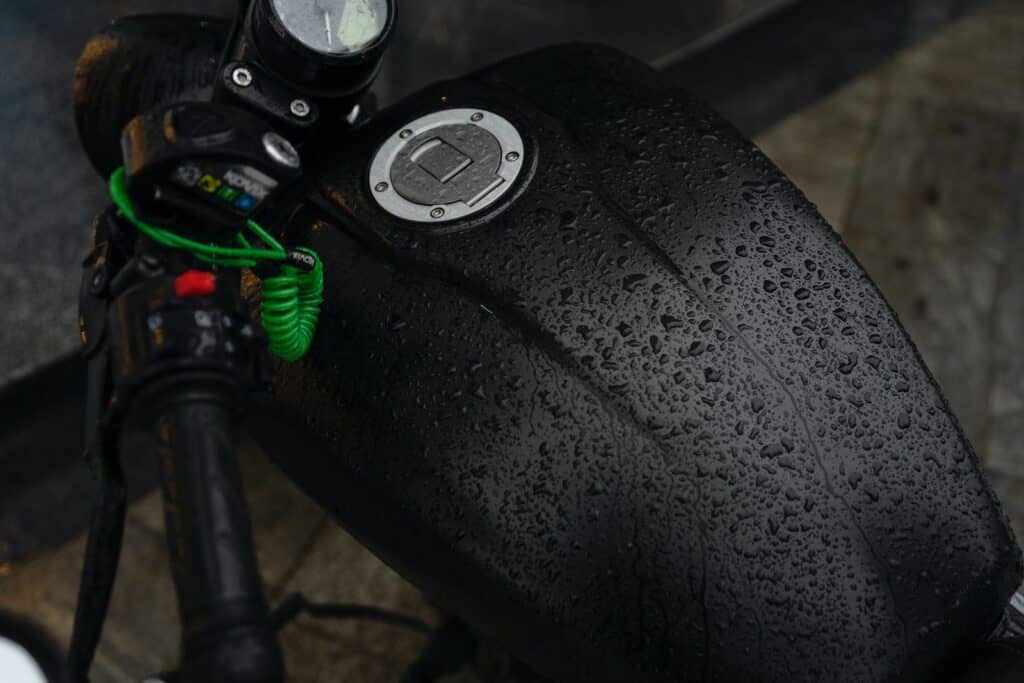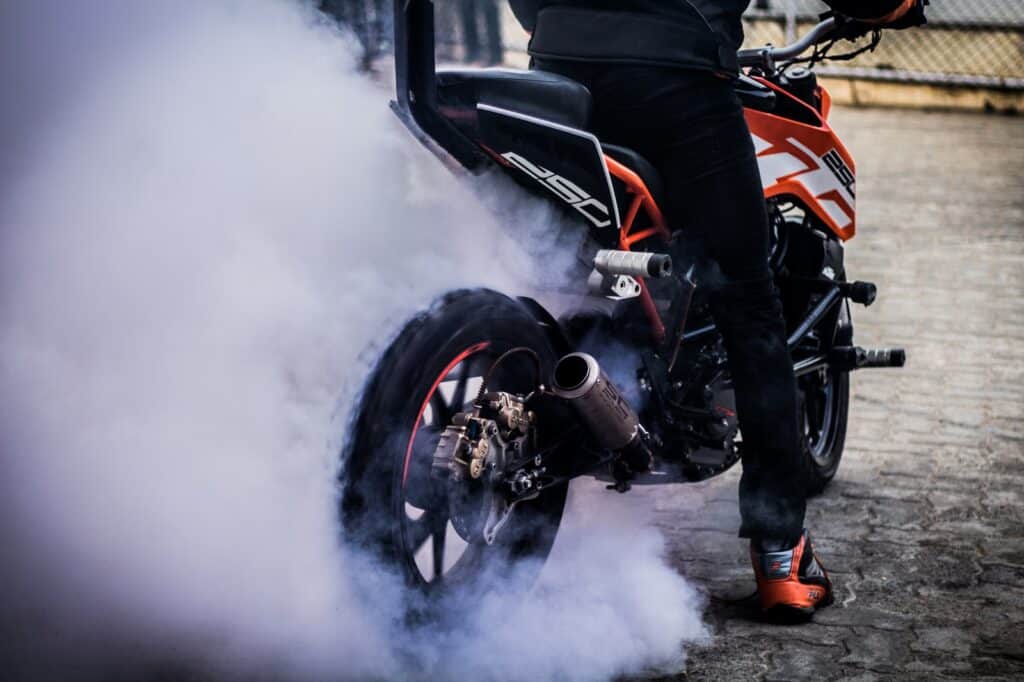
Consequently, you lose steering control, braking control, and power control. If you don’t react appropriately to hydroplaning, it can be deadly not only for yourself but also for others. Tips on how you can possibly avoid and deal with Hydroplaning:
Innhold:
Check your tire’s condition
If you’re out in the rain, make sure you’re not driving with bald tires, as the threads are supposed to disperse the water for improved traction. Make sure your tire’s are also properly inflated to the recommended PSI by the manufacturer.

Be alert and slow down
During wet weather, the faster you drive, the harder it is for your tires to spread the water evenly. Keep an eye out and avoid puddles and standing water that can cause your tires to lose traction with the road surface. Also, avoid driving in outer lanes because water tends to accumulate there.
Don’t brake hard or take sudden, sharp turns
Driving too fast can cause you to brake hard, which can lead to your tires locking up and losing traction. This works hand in hand with tip number two. Also, sudden sharp turns can result in a loss of traction.
Stay calm if the event occurs
Keeping calm is important when driving on the highway, since sometimes hydroplaning occurs no matter how many precautions you take. If this happens, steer into the slide to keep control, then slowly counter steer so that you don’t fishtail.
If you start a spin, use both feet to stop it
If you cannot stop the spin, steer into it and slam the clutch and brake pedals as hard as you can, in order to bring your MC to a stop. In cases where you are about to lose traction (more of a drifting state), use tip #4 to regain traction with smooth and gentle corrections.
